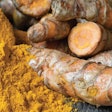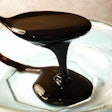To the couch potato, the word “plasma” likely conjures up thoughts of a new television; to Trekkies, it’s the high-energy gaseous field the USS Enterprise has to traverse periodically. In other words, the term by itself doesn’t necessarily conjure up a yuck factor. However, some take exception to the use of plasma, specifically animal plasma, in their pets’ food.
Find more














